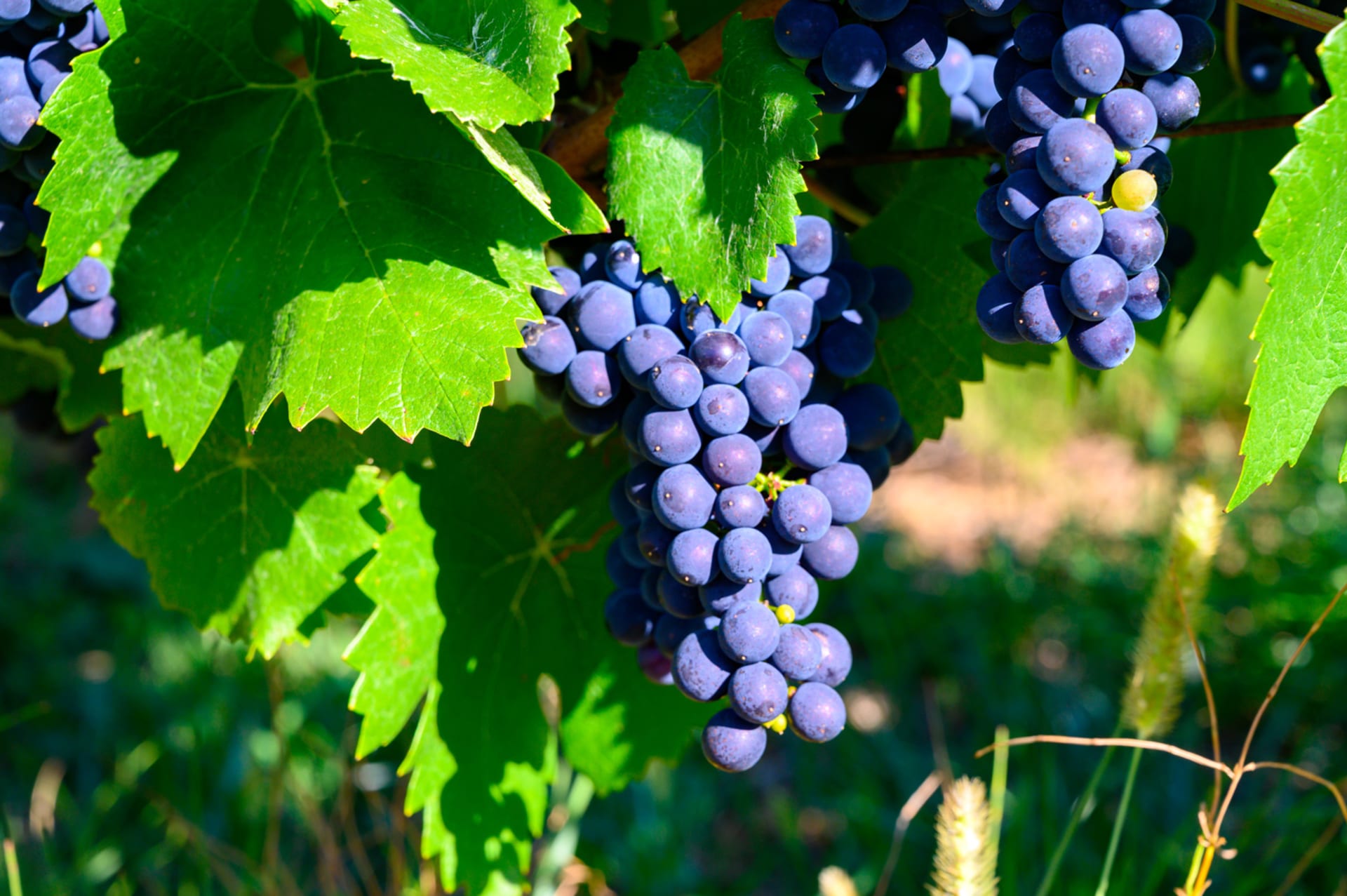OENOLOGICAL YEAST: WHY IS PREVALENCE IMPORTANT?
THE CONCEPT OF PREVALENCE IN OENOLOGY AND THE DIFFICULTIES ASSOCIATED WITH BIOMASS PROPAGATION PROCESSES.
MICROBIAL COMPETITION IN MUST
Yeast inoculation is one of the cornerstones of modern oenology, which has guaranteed the standardization of fermentation processes and greater control of the same.
In fact, unlike in other sectors such as brewing (which - in most cases - also makes use of similar microbial starters), in wine fermentation microbial competition is a factor that can play a decisive role in the quality of the final product given that wild microbial species associated with grapes could have various detrimental effects on the final product.
BIOTECHNOLOGIES AND THE DEVELOPMENT OF NEW YEAST STRAINS
Over the years these efforts have uncovered yeast strains with improved fermentation performance, free from metabolic and organoleptic defects (which contribute to stuck or sluggish fermentations and the production of volatile acidity and sulphides).These yeast strains are now more resistant to nutritional deficiencies, characterized by unique features (presence of specific enzymatic activities, reduced SO production2, phenotype killer, specific aromatic imprints, etc.).
ACTIVE DRY YEAST AS A GUARANTEE OF EFFECTIVENESS
Utilising drying technologies from other industries, we have been able to launch a range of Active Dry Yeast (ADY) into our market, bringing to wineries globally an easy-to-manage yeast format that has a vastly improved shelf life expectancy.
By using ADY, AEB can guarantee the successful dominance of selected yeast during fermentation. The dominance is achieved by overcoming the "mixed" wild yeast population, limiting their metabolic features which is critical for an effective fermentation process.
The possibility of using a selected yeast in oenology has allowed significant improvements in the fermentation processes, as ADYs allow:
-
01a more predictable and reliable alcoholic fermentation;
-
02the reduction of volatile acidity associated with spontaneous fermentations;
-
03the reduction of anomalous organoleptic defects linked to wild microbial species;
-
04the reduction of the presence of harmful molecules of microbial origin such as biogenic amines;
-
05the correct time management and the potential separation of malolactic fermentation from alcoholic fermentation.
PREVALENCE IN NUMBERS
The concept of prevalence is synonymous not only with the control of the fermentation process in the cellar, but also with the quality of the final product, as well as its reproducibility. To fully express yeast characteristics and limit significant microorganism spoilage, a correct number of cells is necessary to start the fermentation process.
To fully understand the importance of using active dry yeast in oenology, the microbiological conditions of the must have to be taken into consideration: averaging 103 -105 cells / mL of “wild” microorganisms, a 10 times higher yeast population is necessary to ensure prevalence. If we consider that an average ADY preparation has 1010 cells / g and that the recommended dosage is 20 g / hL, the corresponding inoculation rate is higher than 106 cells / mL, the lower limit for the process to succeed allowing the starter population to replace any possible competitor.
BIOMASS PROPAGATION
THE LIMITS OF ”IN-HOUSE” YEAST PROPAGATION
This approach has some important conceptual and technical limitations:
-
01Naturally the yeast population detectable at the end of a normal fermentation course is represented by the genus Saccharomyces and more specifically by S. Cerevisiae; this phenomenon is due to the ethanol tolerance, higher than 12% ABV, where instead most of the contaminating species are inhibited at lower concentrations.
-
02Consequently, the final microbiological analysis does not give any indication on the previous dynamics. In other words, although the alcoholic concentration of the medium favors a final over-representation of the inoculated starter, the succession of unknown yeast species in the first phases of fermentation remains unknown and could lead to detrimental qualities.
-
03Unlike with the use of ADY, the right amount of inoculated cells cannot be guaranteed without counting with an hemocytometer. Moreover, the microbiological purity of the starter cannot be verified without the count on agar-type soils, which is available only to wineries with highly specialized internal laboratories.
-
04The “do it yourself” selection of yeast strains in cellar environments poses quite a few management difficulties. Not only is specialized equipment required to handle the yeast (plates, sterile hoods, sterilization autoclaves) it is also imperative that the yeast is stored at freezing temperatures -80 °C in a 25% glycerol solution. This technique, not feasible in the cellar, is instead the prerogative of microbial collections, which are able to carry out periodic genetic checks on the cells and therefore monitor their qualitative status.
-
05The yeasts are not propagated using sterile molasses and nitrogen nutrients; on the contrary, they are fed with grape must or with diluted RCM, possibly causing the onset of contaminants already present in the raw materials.
-
06A final but fundamental point is related to yeast genetic mutations. These happen for a simple and intuitive reason: the microorganism grows continuously (even assuming a 3% ABV and a controlled pH of 4.5) without having any selective pressure. For this reason, the functionality of genes that are not "essential" can be lost without influencing the fitness of the strain, e.g. favoring respiratory metabolism rather than fermentation. In the same way, the strain could lose desired functionalities such as a particular aromatic imprint, an enzymatic activity, greater stress resistance or low volatile acidity production.
PRECAUTIONS TO BE ADOPTED
The misleading aspect of using “in-house” multiplication techniques is that they hardly fail, even if the correct methods are not in place. Fermentation will commence regardless but the microbiological purity of it will remain unknown.
Therefore, the propagation of oenological yeast through the application of propagation, similar to those described above, cannot substitute completely the use of ADY, which, even with good microbiological practices , should be used to restore the original genetic characteristics of the strain.
In summary, unless the adoption of biomass propagation processes within cellars is carried out with appropriate technical precautions (reduction of the microbial load in the culture broth, periodic reintegration of the yeast population with ADY), it may produce adverse effects and fail the very reason why the oenological starters have been implemented.
If you intend to undertake this type of approach in your cellar it is necessary to take numerous precautions in terms of cleaning, sanitation and control of the process variables (temperature, pH, stirring, cell vitality) and categorically implement any simplistic approach of biomass propagation, which instead requires a high level of biotechnological knowledge, to avoid loss in quality and reproducibility of the fermentation process.


 CIDER
CIDER

 China
China
 United Kingdom
United Kingdom



